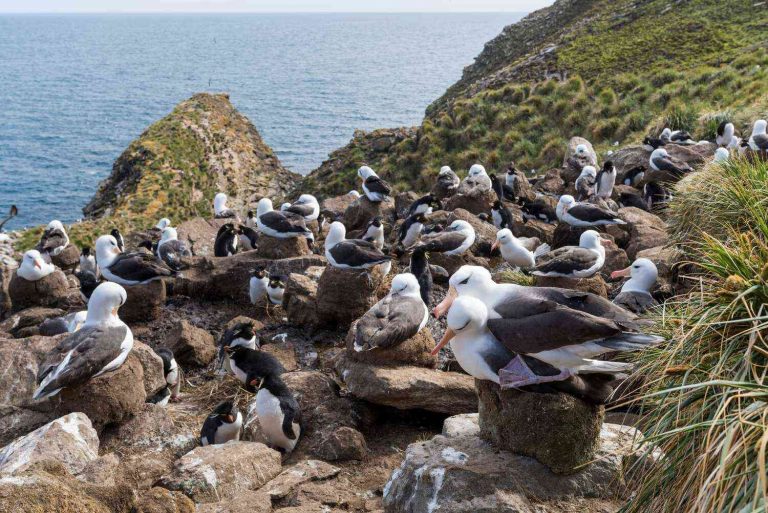The International Union for Conservation of Nature is aware of this problem. The organization has asked the US to step up its work to boost sustainable supply from fisheries, allowing for a migration down the Sonoran desert in the north of the country.
Fishing down there, however, might not be an option, biologist Travis Longcore told a meeting of the Cooperative Institute for Research in Environmental Sciences (CIRES) in Guadalajara, Mexico, earlier this month. He noted that when the entire population of the herring fleet gets out of town, “one of the first things the binational commission for Mexico and the US did was prevent migrations in front of the commission.”
That’s not to say that all marine life is not in danger, including herring. Three of the largest container ships have been barred from Mexico because of threats to sea life, including dolphins, orcas, whales, sea turtles, seabirds, and fish. Some less species-rich areas are now heavily policed, requiring permits to fish or to cut fishing nets short. And Longcore said she sounded the alarm because “there’s going to be a need for more female employees, and women from the marine nature industry.”
In 1980, Longcore began working for Sea Shepherd Australia as a surveyor, protecting loggerhead sea turtles. He spent three years on the 10 metre nets or as a research marine biologist with Sea Shepherd. He left Sea Shepherd in 1985 and the marine environment also started to play an important role in his work.
The first was when he began organizing local fishermen and state government to work together to protect undersea biodiversity. This was a project called the Tahitian Reef, for example, at the mouth of Taupo harbour, with marine protected areas and waterfowl sanctuaries extending under the water at Tahiti. Longcore brought an American hand-held divers’ vessel to Tahiti to help secure the marine wildlife.
Then in 1990, he went to the Galapagos Islands and helped start the first wildlife rehabilitation center there. The problem there was that the island chain was a key nesting habitat for hundreds of unknown species.
And in 2009, the Rotterdam International Network, a marine research institute in the Netherlands, asked Longcore to be on the steering committee for the shearwater habitat area in Cape Verde. “I was on that for four years,” he said. “I wanted to concentrate on the herring stocks, especially from the British Virgin Islands, but I also did it because I want to pay attention to the environmental whole because I saw there was social and economic benefit when I worked in that area.”
Longcore also joined Sea Shepherd and Sea Shepherd Australia’s new Coalition for Responsible Fishing to drive for compliance of international fishing treaties, especially the Agreement on Sustainable Blue Economy.
Longcore explained what it means to him to go into the restaurant chain Applebee’s to inform them of his concern for the shrimp farms in the Pacific. “I do that as an environmentalist and artist because it’s the right thing to do. That’s the only way to get things done in our industry. It’s how it works. Everything comes down to: is it environmentally sustainable? And if it’s not, it’s not sustainable. The key question is: are these farms contributing to the blue economy? I think they are. But that should be the matter of an international agreement.”
Sea Shepherd announced today that it is asking chefs, “now that November is Black Friday” to switch to Sustainable Seafood products.
